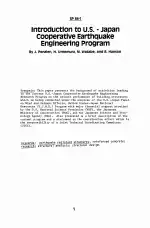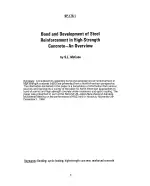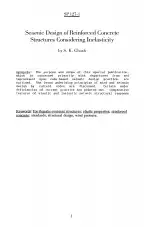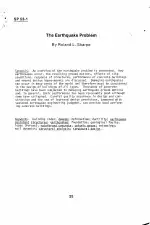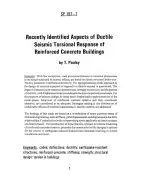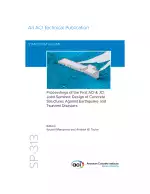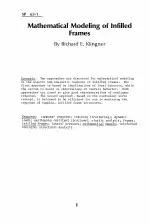Earthquake Effects on Reinforced Concrete Structures - U.S. - Japan Research
Also Known As:
ACI SP-84:1984 is a standard that refers to the joint U.S.-Japan cooperative earthquake engineering research program. The standard is composed of 13 chapters that cover various aspects of the research conducted. These include static tests on shear walls and beam-column assemblies, the correlation between shaking table tests and pseudo-dynamic tests, construction and instrumentation of full-scale specimens, comparison between the reinforced concrete test structure and design requirements from U.S. and Japanese Building Codes, testing procedures and preliminary test results of a full-scale seven-story reinforced concrete building, as well as testing, repair, strengthening, and retesting of the same building.
In addition, the standard examines the inelastic behavior of the seven-story building, provides an analysis of the full-scale test structure, compares analysis and test results of medium-scale wall assemblies, and includes full-scale tests of beam-column joints. Lastly, the standard incorporates scale model tests of structural components and assemblies, as well as earthquake simulation tests of scale models.
The contents of the standard indicate a comprehensive exploration of the effects of earthquakes on reinforced concrete structures. It addresses a wide range of topics from testing and analysis to design requirements and strengthening. The collaboration between the U.S. and Japan in this research program ensures a diverse perspective and contributes to the development of best practices for earthquake-resistant construction.
| Descriptors | Seismic & Lateral Forces |
| Language(s) | English |
| File Size | 15.2 MB |

